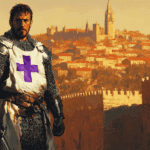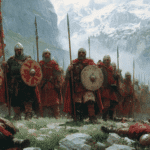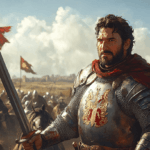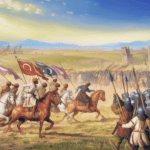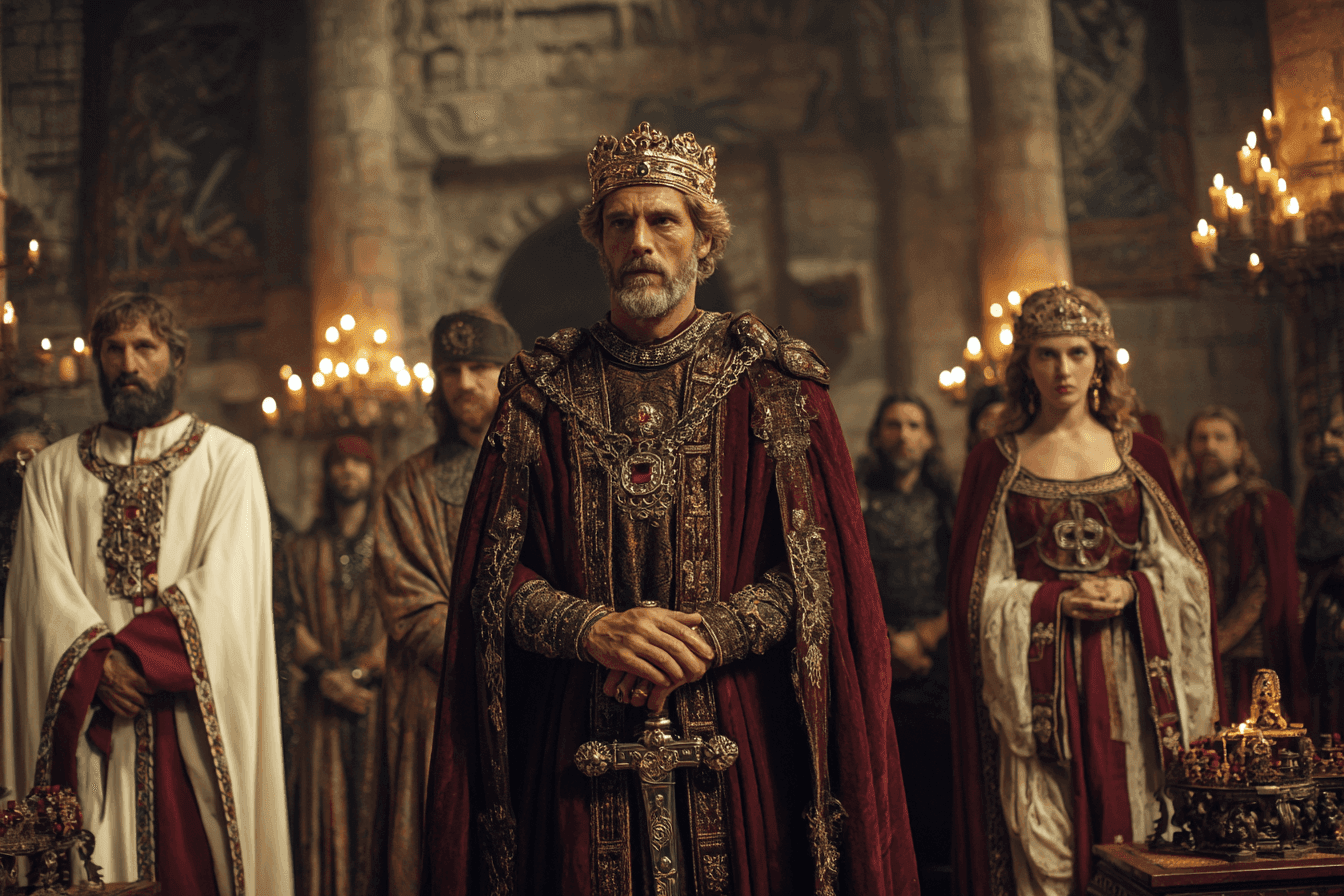
In the turbulent landscape of 11th-century Iberia, where Christian and Muslim kingdoms vied for power, few figures loom as large as Ferdinand I of León, also known as Ferdinand the Great (Fernando el Magno). His reign marked a transformation in the political, military, and cultural trajectory of medieval Spain, setting the stage for the Reconquista and later unification.
Origins and Early Life
Born around 1015 to Sancho III of Navarre and Muniadona of Castile, Ferdinand was a scion of the influential Jiménez dynasty. His father, Sancho III, known as “the Great,” had consolidated power across the Christian north, acquiring Castile and establishing a precedent for dynastic ambition. Upon Sancho’s death in 1035, his realm was divided: Navarre went to his eldest son García III, while Ferdinand inherited the County of Castile – a rugged, frontier territory on the edge of Christian and Muslim domains.
Rise to Power: The Making of a King
Ferdinand’s ascent was shaped by both inheritance and marriage. In 1032, he married Sancha of León, sister and heiress of Bermudo III, King of León. This alliance set the stage for a dramatic confrontation.
The Battle of Tamarón was fought in September 1037 between the two young rulers: Ferdinand, Count of Castile, and Vermudo III, King of León. The confrontation took place near the village of Tamarón, in the valley formed by the Sambol stream, east of Castrojeriz, in what is now the province of Burgos. Ferdinand, supported by his brother García Sánchez, King of Navarre, led a coalition of Castilian and Navarrese troops. Vermudo III commanded the forces of León. Both leaders were in their early twenties, and their personal rivalry was intensified by their family ties.
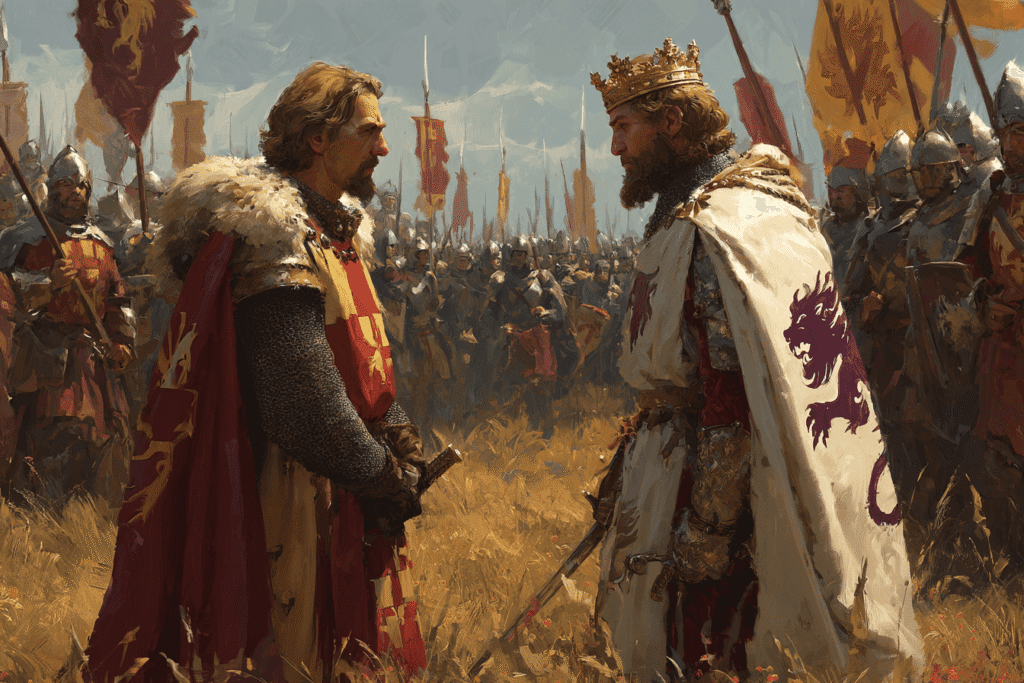
The immediate cause of the battle was a territorial dispute over the Tierra de Campos, a fertile region between the Cea and Pisuerga rivers. This area had long been contested between León and Castile. At the time of the battle, Vermudo sought to recover lands previously incorporated into Castile, while Ferdinand considered them his wife’s dowry.
The confrontation unfolded as Vermudo, advancing with his army, crossed the Pisuerga river – then regarded as the border of Castile – in an attempt to engage Ferdinand’s forces before they could threaten León. The two armies met in the valley of Tamarón, where the terrain favored a direct clash. The battle was intense but relatively brief. The Castilian-Navarrese coalition proved superior, and Vermudo III was killed in the fighting.
The death of Vermudo III, who left no heirs, marked a turning point. His sister Sancha, as the closest relative, inherited the rights to the Leonese throne. However, she ceded these rights to her husband, Ferdinand I, who was then crowned King of León. This outcome effectively united the crowns of León and Castile under Ferdinand’s rule, although the full integration of the kingdoms would take more time and negotiation.
On 22 June 1038, Ferdinand was crowned King of León in the city’s cathedral, a ceremony that symbolized not just a dynastic union but a shift in the balance of power among the Christian kingdoms. For the first time, Castile – long a buffer zone against Muslim al-Andalus – became the seat of a king.
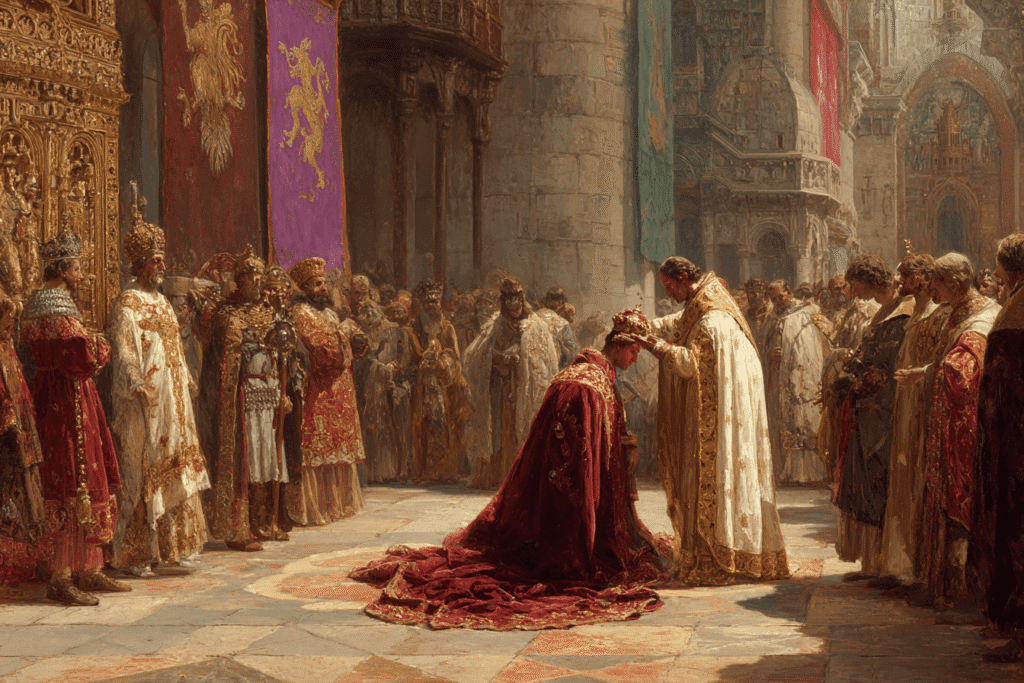
Military Expansion and Becoming Emperor
Ferdinand’s reign was marked by relentless military campaigns and shrewd diplomacy. He defeated his elder brother García III of Navarre at the Battle of Atapuerca in 1054, adding parts of Navarre to his domains and further consolidating his power. His armies pushed southward, capturing Coimbra in central Portugal in 1064 and laying siege to Valencia – though the latter remained unconquered.
He also forced the Muslim rulers of Toledo, Saragossa, and Seville to pay tribute, extending his influence deep into al-Andalus and establishing a system of vassalage that foreshadowed the later Reconquista. These tributes not only enriched his treasury but also weakened his Muslim rivals, setting a precedent for future Christian expansion.
Ferdinand’s imperial aspirations were closely tied to his relationship with the church. By presenting himself as the champion of Christianity in Iberia, he sought the moral and political backing of the papacy and the broader Latin Christian world. His patronage of religious institutions and support for church reform were part of a broader strategy to align his reign with the ideals of Christian kingship and to present his wars against the Muslim taifas as a form of holy war.
Ferdinand was the first to style himself Emperor of Spain in 1056, a title that asserted his supremacy over other Christian rulers on the peninsula and symbolized the independence of Spain from the Holy Roman Empire. This claim, while contested by European powers such as Emperor Henry IV and Pope Victor II, reflected Ferdinand’s vision of a united Christian leadership in Iberia.
Internal Governance and Legacy
Despite his military successes, Ferdinand’s greatest achievement may have been the internal consolidation of his realm. He presided over a period of relative stability and prosperity, fostering the development of towns, the church, and the aristocracy. The Basilica of San Isidoro in León, where he was eventually buried, became a symbol of this cultural renaissance.
However, Ferdinand adhered to the Visigothic custom of dividing his kingdom among his sons upon his death:
This division, while intended to maintain family harmony, ultimately led to strife. Sancho II and Alfonso VI soon dispossessed García II, and after Sancho’s assassination, Alfonso VI reunited the realms, becoming one of the most powerful monarchs in Spanish history.
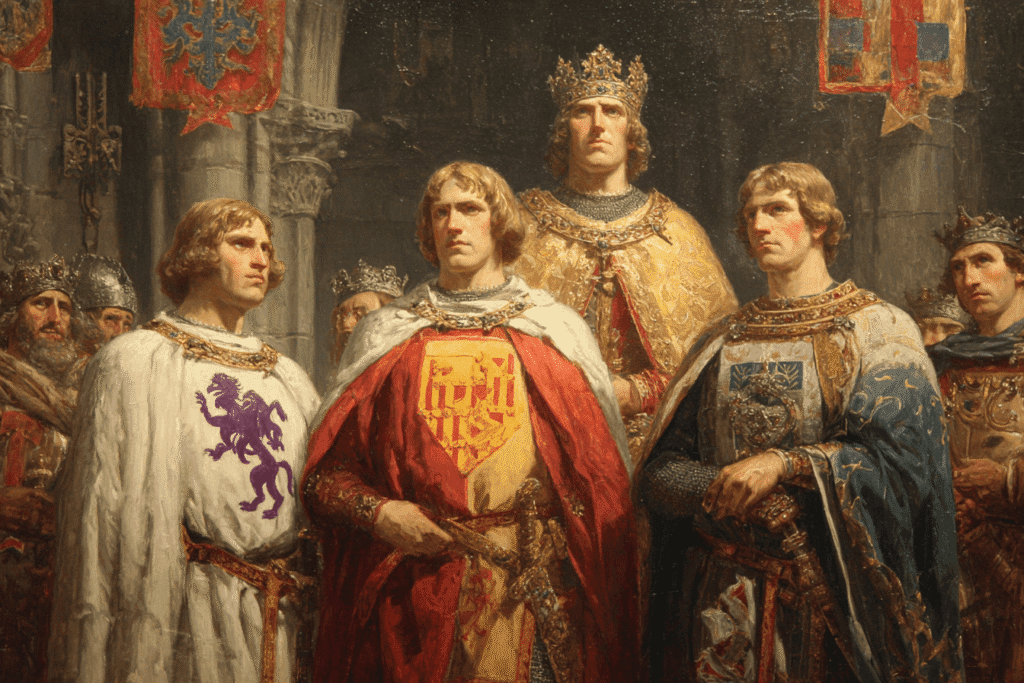
Religious Piety and Death
Ferdinand was known for his ardent piety. In his final days, he reportedly laid aside his crown and royal mantle, donning a simple monk’s robe as he prepared for death – a gesture reflecting the era’s intertwining of faith and kingship. He died on 24 December 1065 in León, leaving behind a legacy that would shape the destiny of Spain.
Ferdinand I’s reign marked a turning point in Iberian history. By uniting León and Castile, asserting imperial authority, and expanding Christian frontiers, he shifted the focus of power and culture westward after more than a century of Leonese decline. His descendants would carry forward his vision, culminating in the eventual unification of Spain and the completion of the Reconquista.

